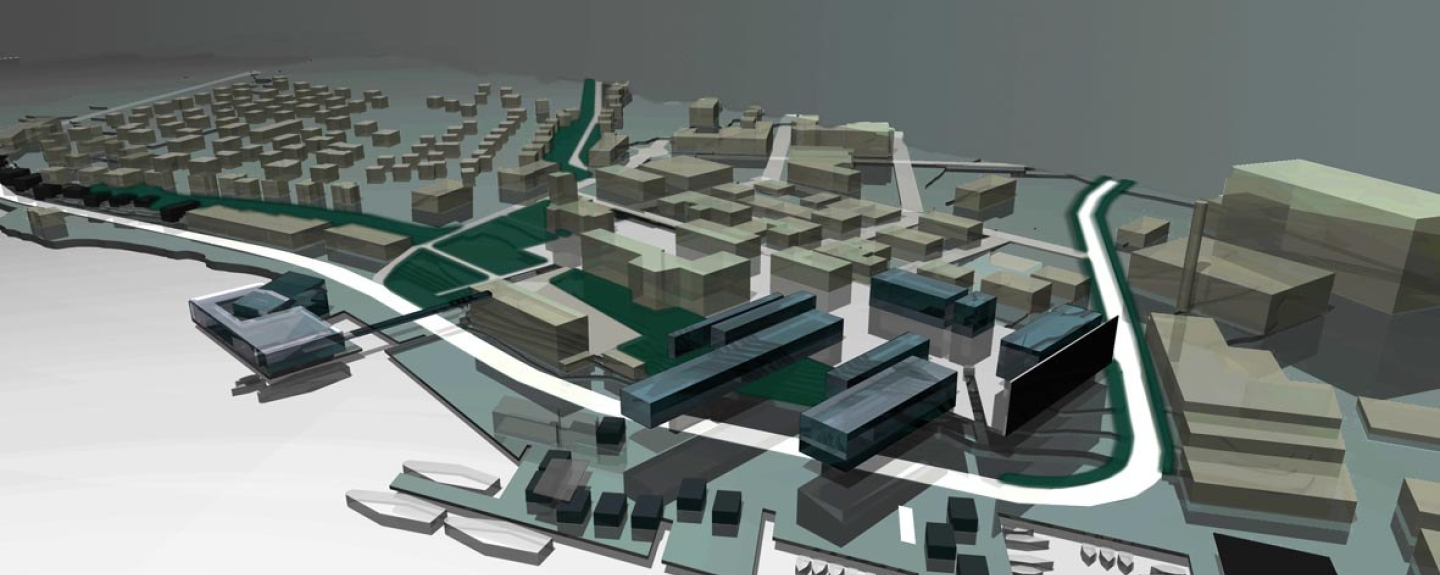Project:
Urban Intersections

About
-
The project proposes a deep renewal of the waterfront and the central area of Kirkenes to create a new civic centre. Different buildings hosting services, cultural and commercial activities, housing and accommodation facilities are planned very close to the main existing urban functions. The present and future buildings are connected by a new open space, a square and a park. All interventions are designed as a sort of metaphorical link to the harbour, as the main reference in the urban image. In order to spread the site renewal to the rest of the town, the project’s strategy is based on a mixture of spaces and different connections with the present urban framework, whether functional or visual.
-
As stated in the competition brief, the city asks for strategies to be prepared for a possible prosperous future without knowing exactly when it will come or what kind of urban programmes are needed. The urbanization prosesses in Kirkenes are going fast and changes are just around the corner. The uncertain future of Kirkenes was a key issue. The jury has selected the two projects that provide the best answers to the complex urban challenges of the competition.
A main reason for selecting these two projects was their interesting exploration of the urban structure both for the site and the city. The two projects were judged to be of equal quality. They compliment each other with their differing analysis and solutions. The jury suggests that the city engages both teams in the solving the urban challenges of the competition area.
"Urban intersections" proposes to increase multifunctionality by densifying the city grid. The project recognizes that Kirkenes consists of several existing or emerging polarities. Through series of diagrams the project locates the "culture-meeting island", a civic centre, a (university) campus, an energy and environment research centre, and the city's commercial area. The urban structure for each area is drawn up and weaved together as fragments of an urban plan on the scale of Kirkenes City. Also, the diagrams draw up the green and open spaces networks. A proposal for phased development points out the existing city centre grid as the first place to intensify urban uses.
Altogether, the project shows an interesting study of the existing urban structure and how this can be continued as a growth pattern for the Kirkenes peninsula.
-
Gianluca EVELS (IT)
Francesco FAZZIO (IT)
Stefania PAPITTO (IT)
architects
Lorenza GIAVAERINI (IT)
landscape engineer

